DKGrimm
Well-Known Member
My dad taught me to install rings when I started working for him in the family auto shop as a kid. It cost him a few broken rings to let me learn, but once you've learned it you don't even think about it. I start the ring over the piston opposite the gap, keep some pressure inward on each side about 120 degrees from the gap while I gently urge the gap ends over the edge of the piston. To slide the ring over the piston and the intermediate ring grooves, its basically the same thing: keep some inward pressure on the rings at 120 degrees from the gap while opening the ring at the gap. What you are really trying to do is spread the bending force around the ring rather than just opposite the gap.Cover piston and ring with #30 motor oil. Lay ring on top of piston and spread ring as far apart as you think you can without breaking it with your thumbs and start one side of ring (right at the gap) down over the side of the piston. Work your way around until the ring is spread out enough to set down over the top of the piston. Then tease it down incrementally until it goes into the ring groove and relaxes. Damn, it's harder to explain it than it is to do it.
Like you said, the explanation is much harder than actually doing it.
Don





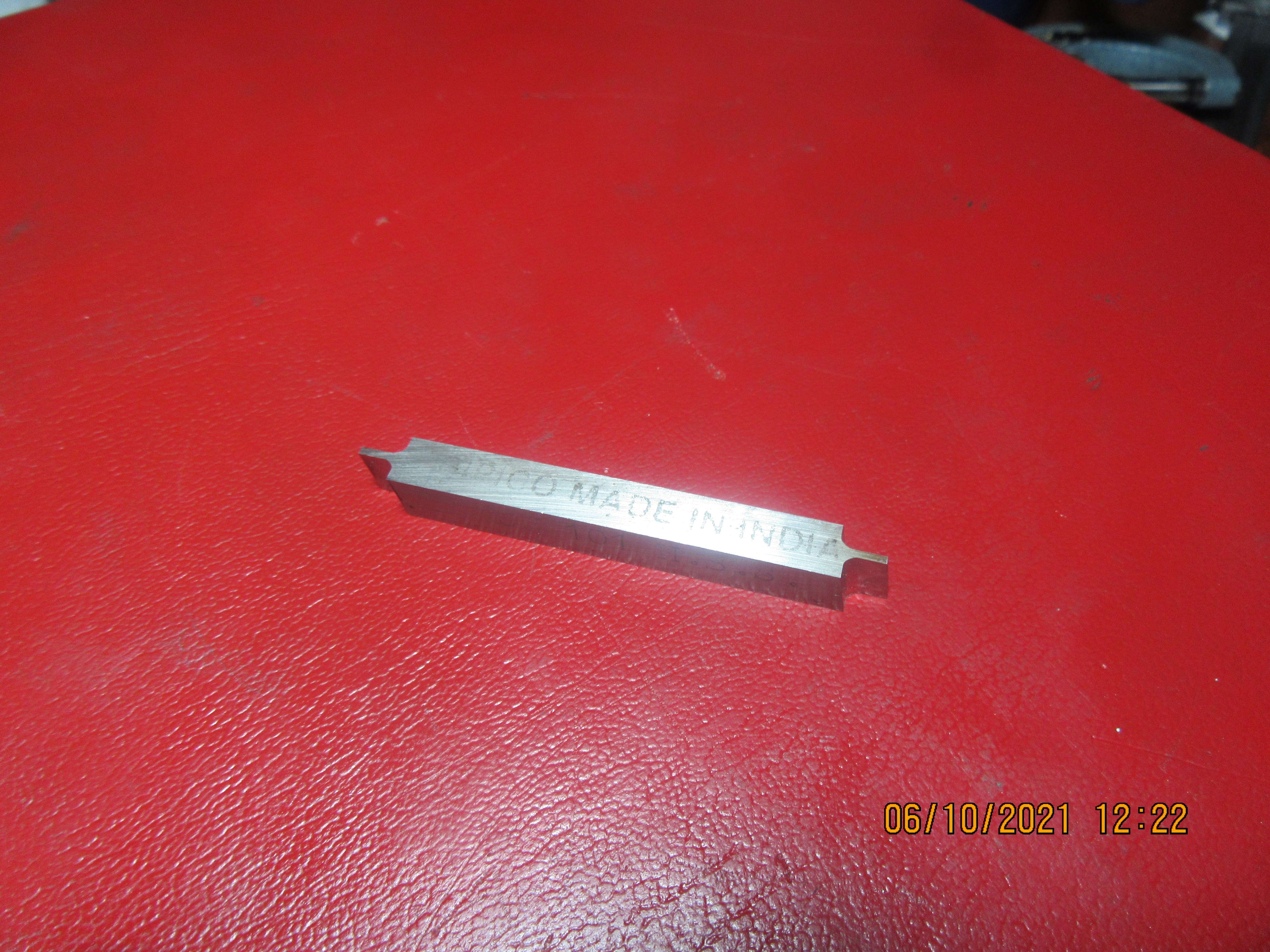
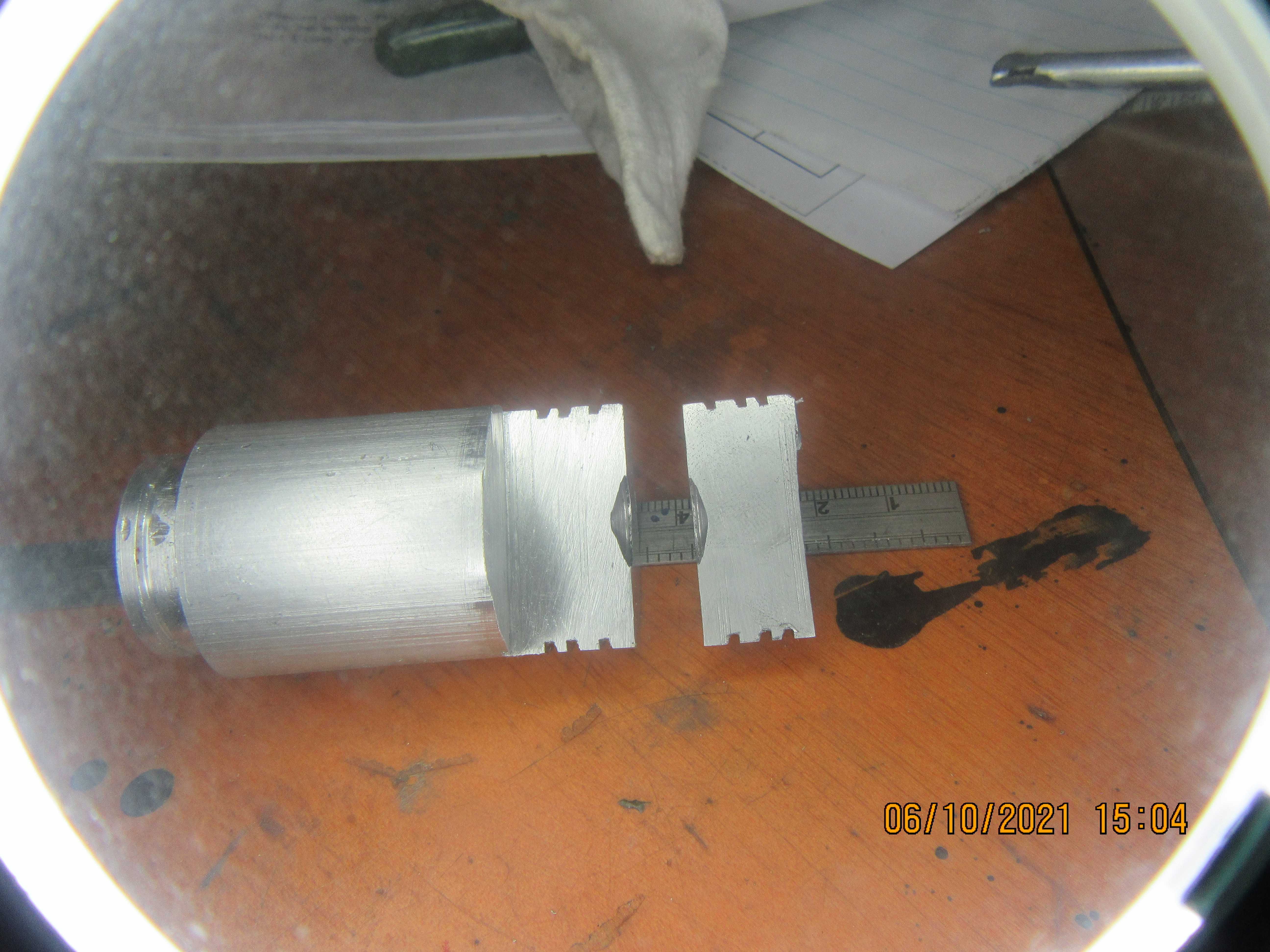
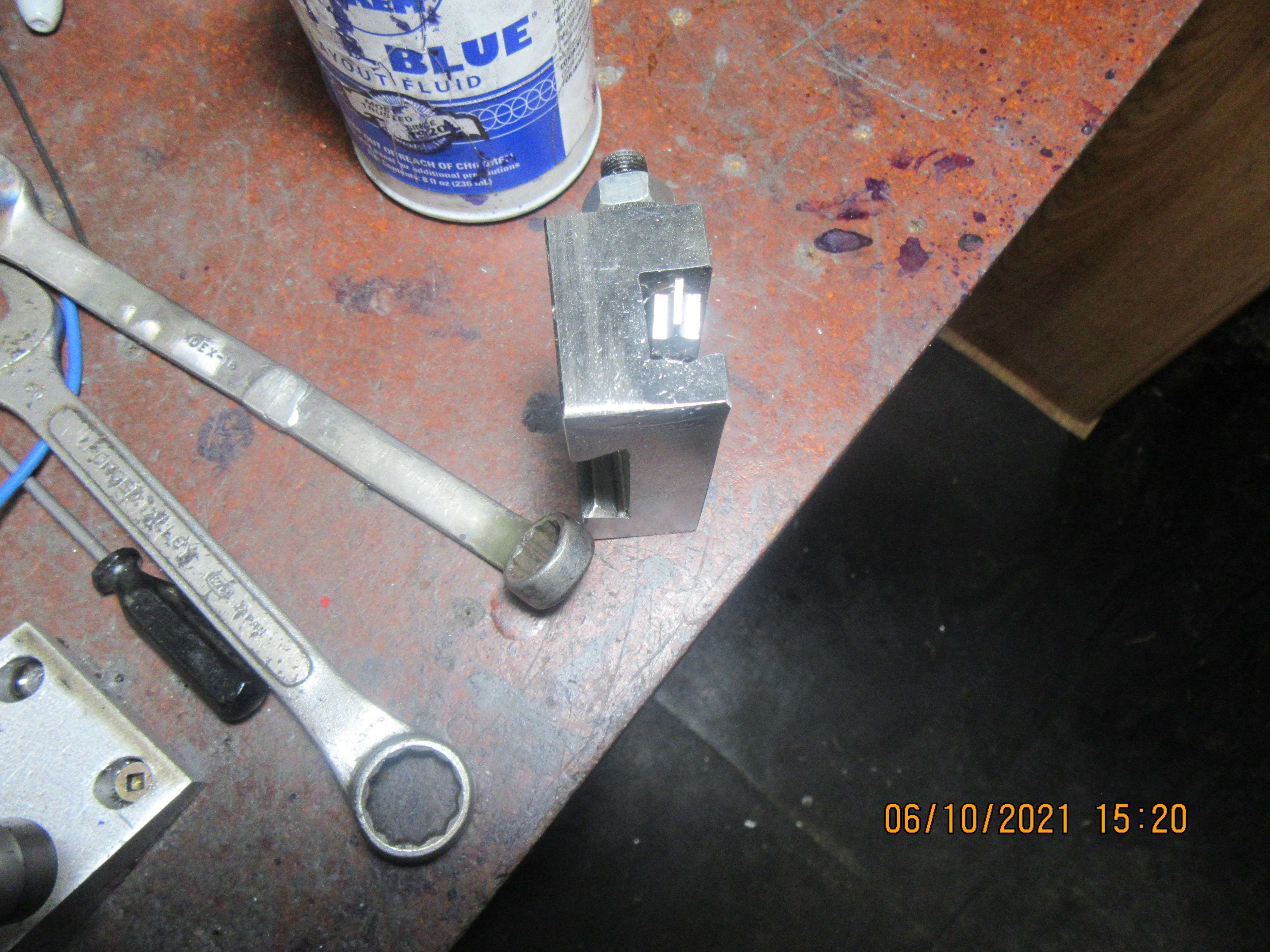
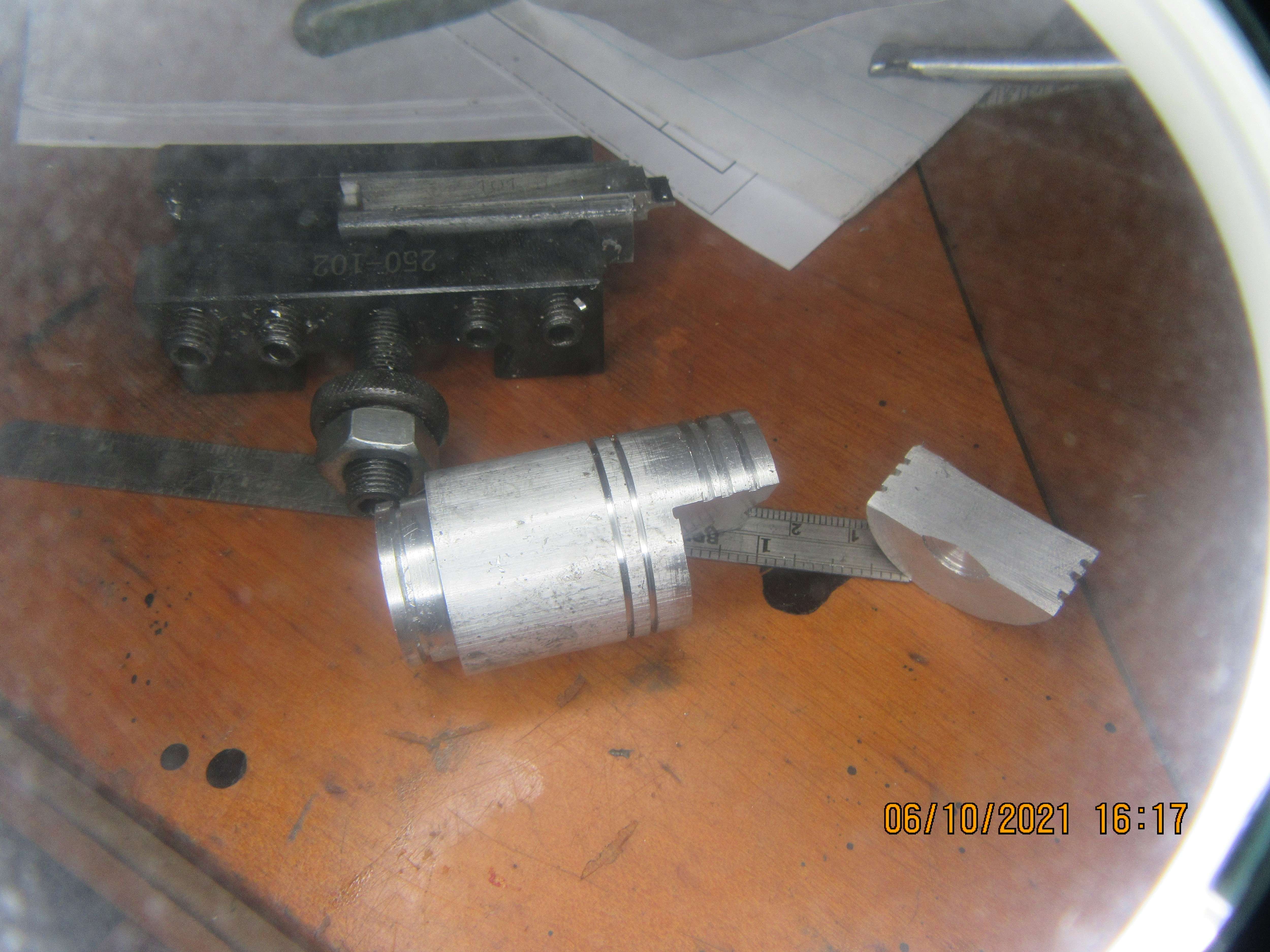
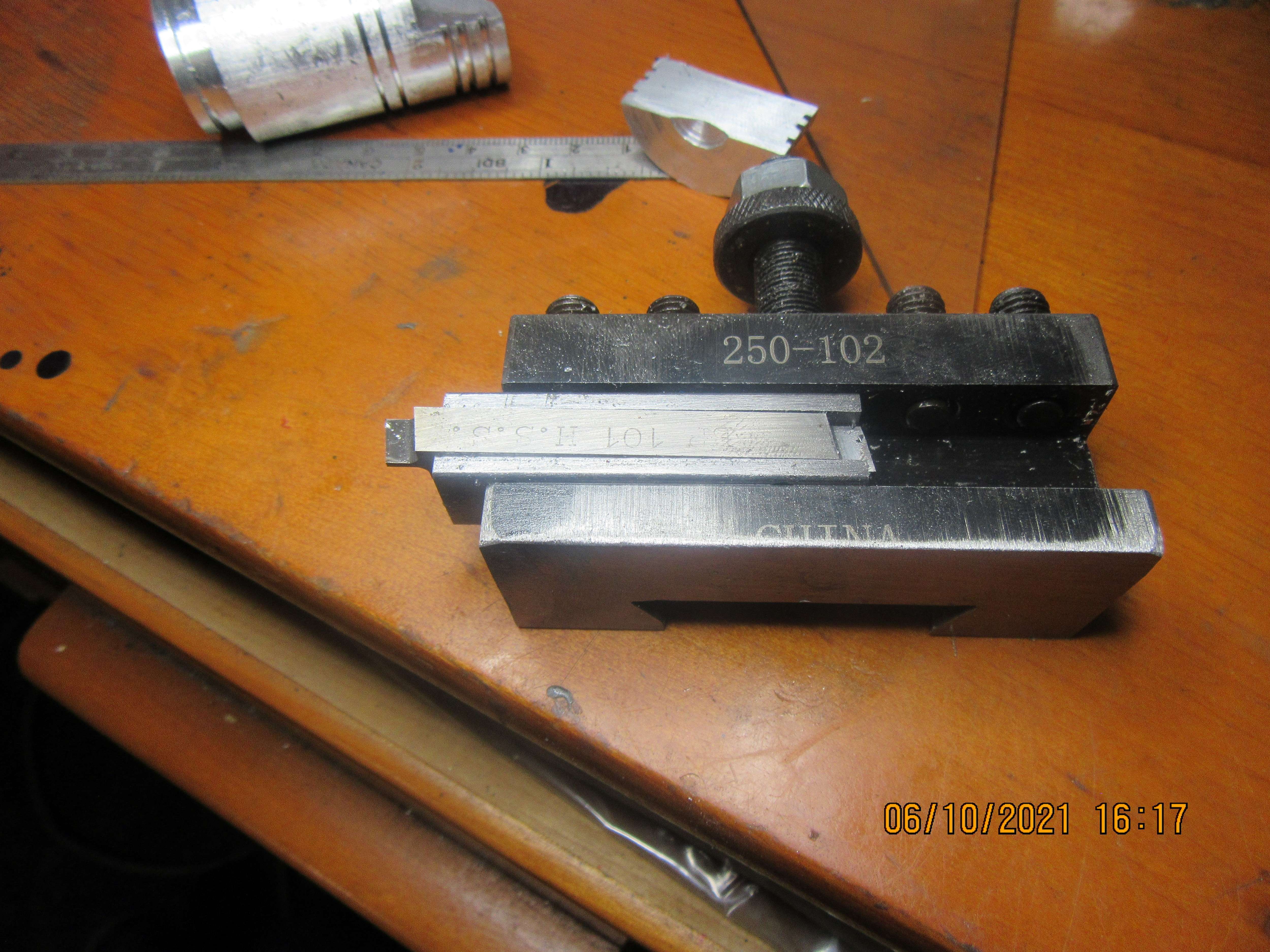



![Learning AutoCAD Civil 3D 2014 [Online Code]](https://m.media-amazon.com/images/I/51F3yi9fokL._SL500_.jpg)

![Learning Revit MEP 2014 [Online Code]](https://m.media-amazon.com/images/I/61vjG-sEuQL._SL500_.jpg)










![DreamPlan Home Design and Landscaping Software Free for Windows [PC Download]](https://m.media-amazon.com/images/I/51kvZH2dVLL._SL500_.jpg)






![Learning AutoCAD Electrical 2014 [Online Code]](https://m.media-amazon.com/images/I/61KCPiYWuEL._SL500_.jpg)








![Learning Rhino 5 [Online Code]](https://m.media-amazon.com/images/I/51mnp7gNY7L._SL500_.jpg)
























